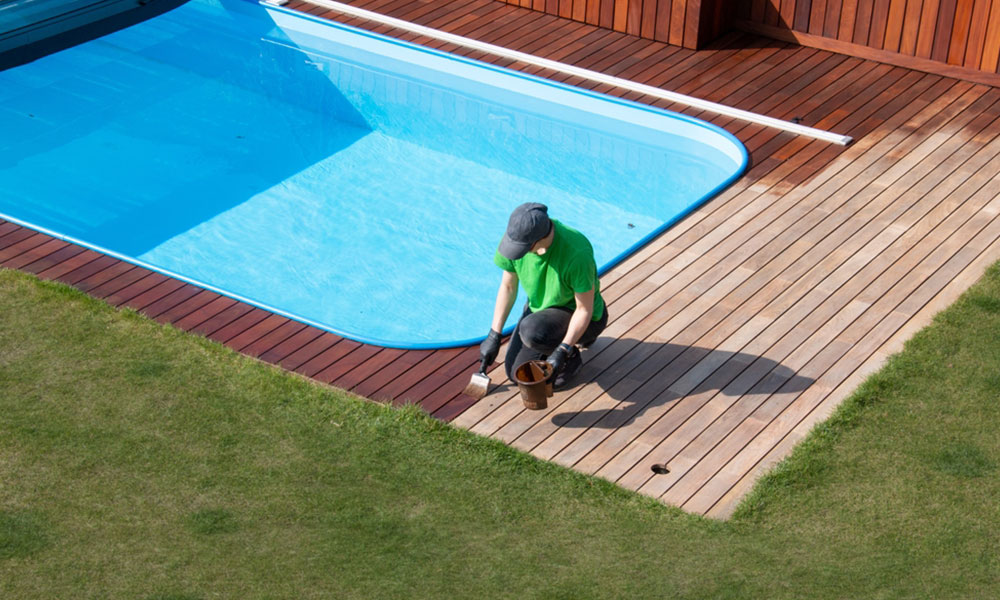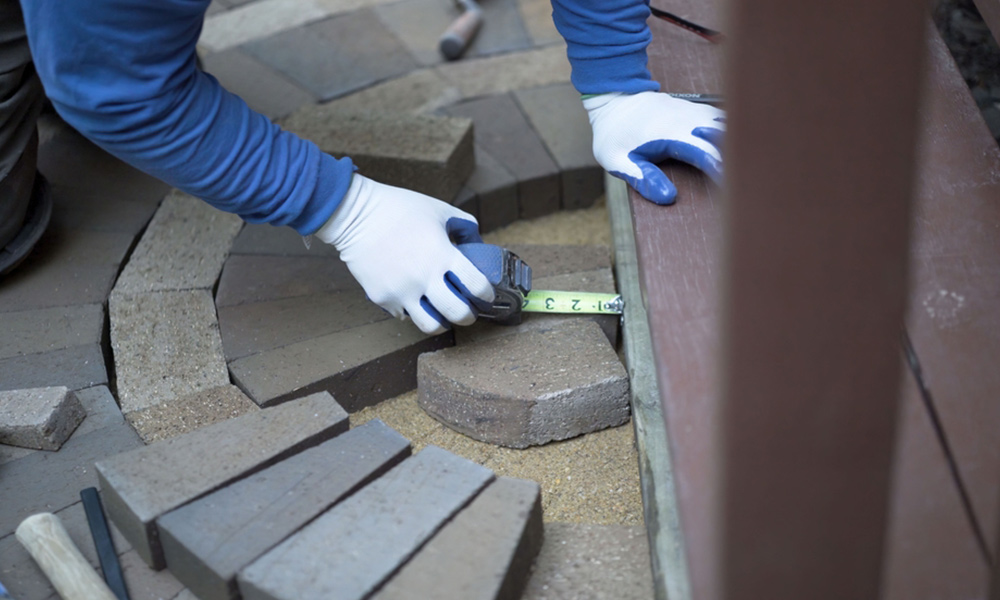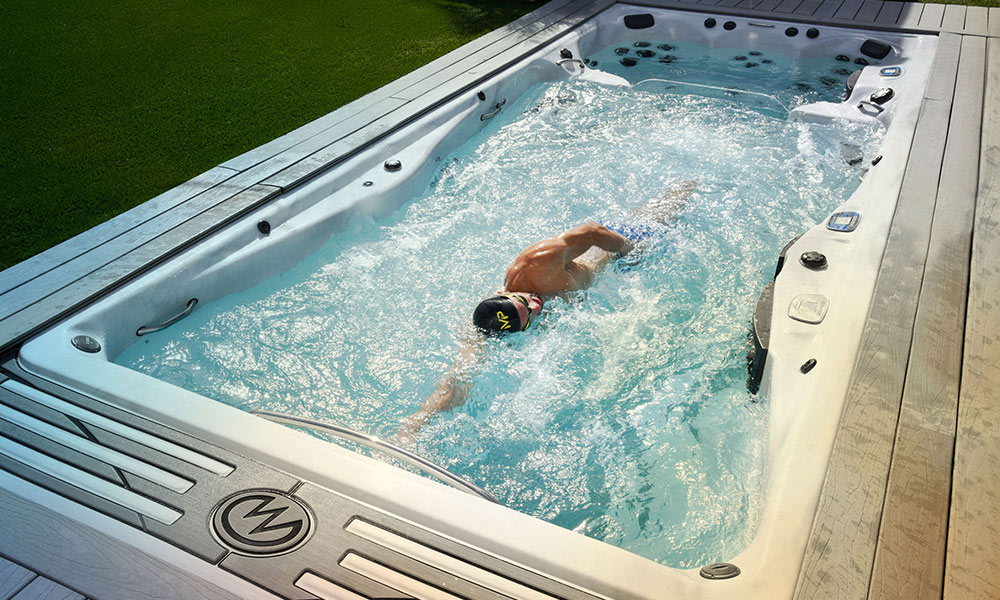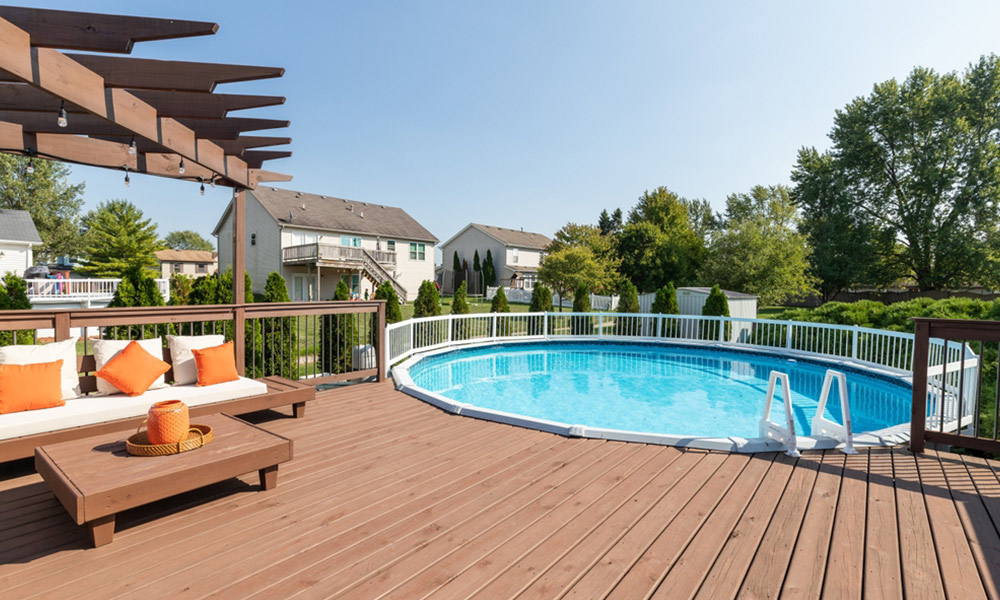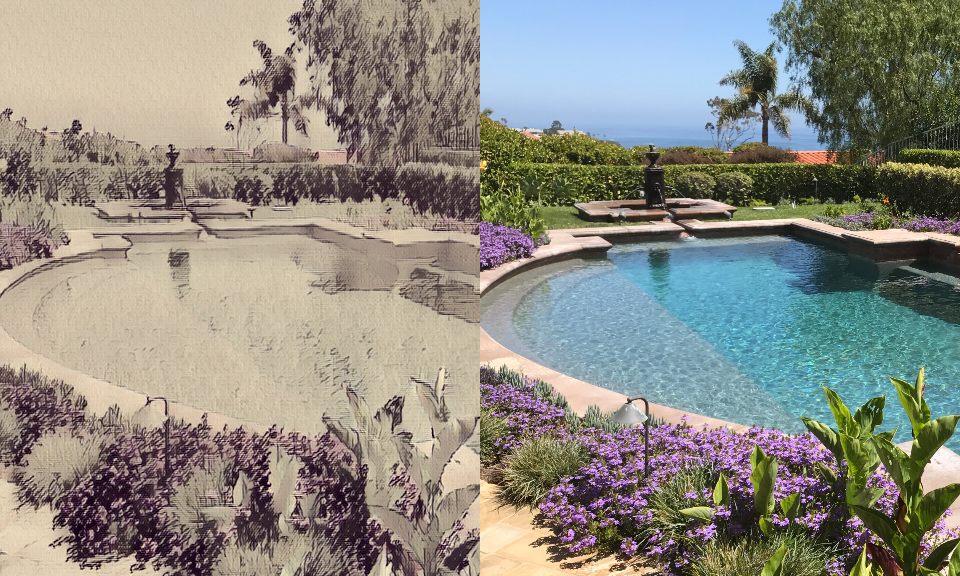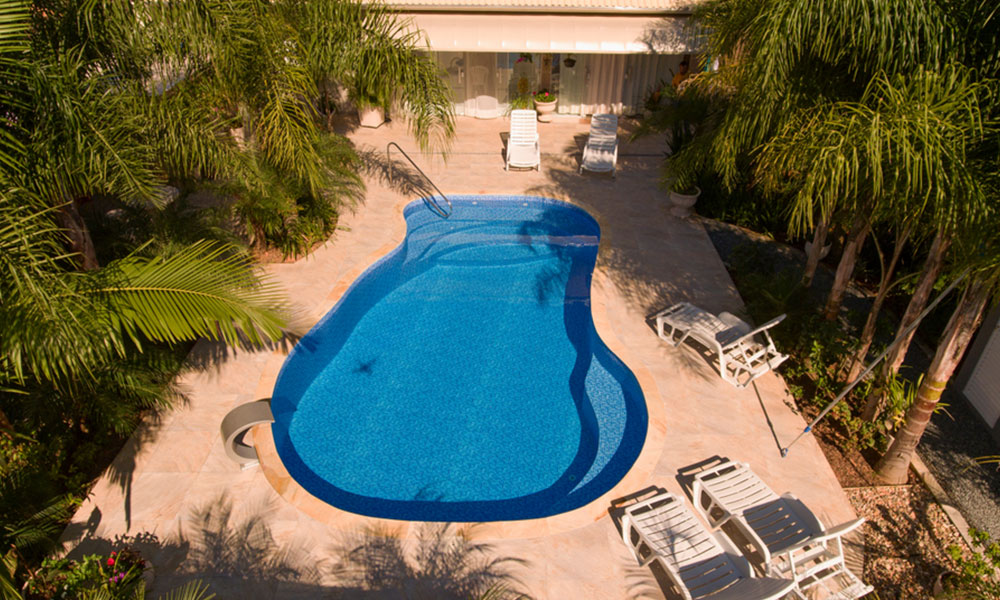Table of Contents
ToggleAdding a pool to your home is a big project and knowing what type of inground pool is best for you is a key part to get right. That might sound like an enormous challenge. But there are only three main categories of inground pools. Once you understand those three pool types, you can easily match their traits to your own needs. And in doing so, you’ll have a pool that’s quite literally the best possible match for your personal tastes.
The Three Types of Inground Pools
Part of what makes pool ownership so fun is the sheer variety of options. You’ll typically see a whole new collection of inventive pool designs appear every year. And these concepts are then built upon by other new pool owners. Even options like fencing design, fire pits, water features, and decks can bring a unique feel to pools.
When people talk about types of pools, they’re usually referring to one of three specific options – concrete, vinyl, or fiberglass.
Each of these options has its own collection of traits. And it’s important to consider them in light of your own needs in order to discover which is the best option.
Concrete
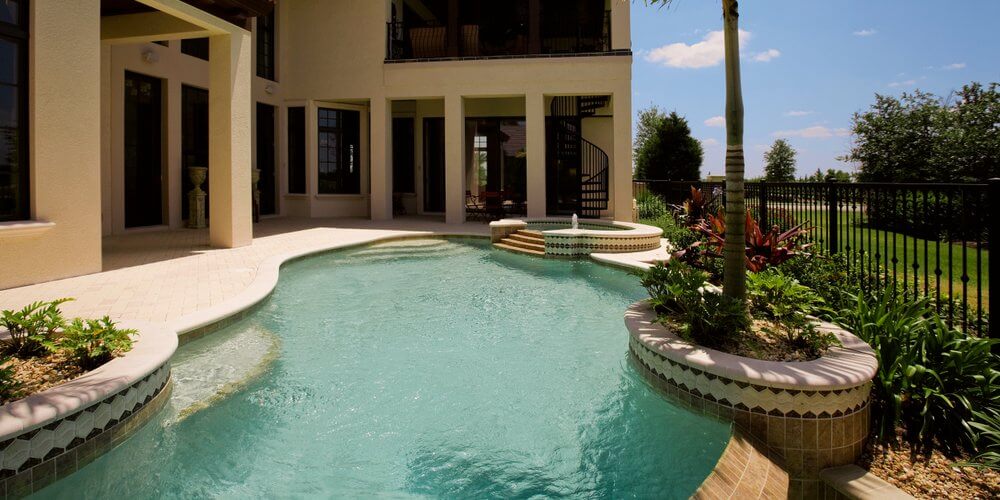
Concrete is generally considered as being the classic design for an inground pool. The wording is often used interchangeably with ‘gunite pools’. Although they are different, they are similar enough in this instance to refer to them both in this article.
They do have some notable advantages when compared to fiberglass and vinyl liner pools.
One of the biggest advantages is their durability. After all, there’s a good reason why concrete is used for sidewalks. You can walk, run, or even drop objects onto concrete without causing any damage. Even the family dog’s claws won’t pose any danger to concrete. However, it’s important to keep in mind that while concrete is incredibly durable, the finish you pair with it might not be. So if you go with concrete because of its durability, you’ll need to make sure that all of your other options are centered around that ideal as well.
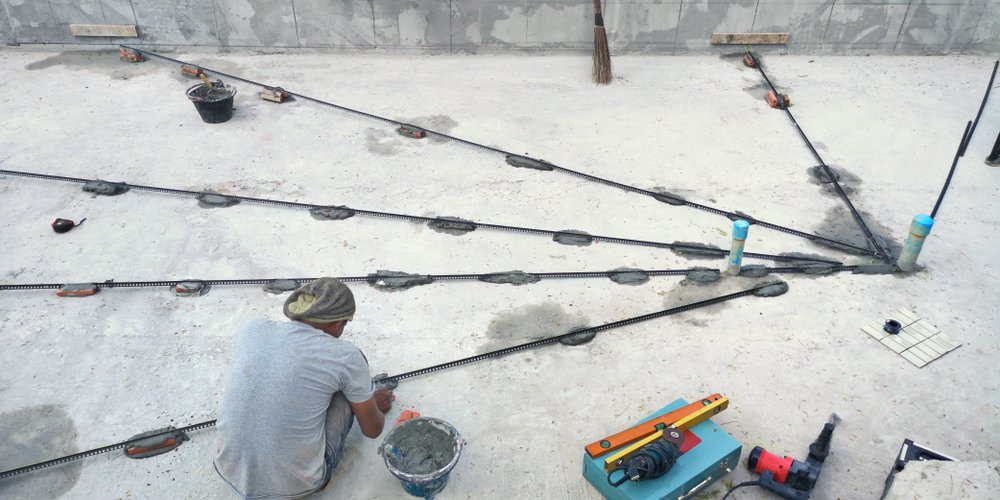
Concrete is also more easily shaped to different design ideas than the other options. This shouldn’t be taken to mean that fiberglass or vinyl can’t be used in a variety of different designs. It’s simply that concrete is the most versatile of the three. Concrete is generally an excellent choice if you want a unique shape for your pool.
However, there are some significant disadvantages to a concrete design. And these generally translate into higher pool maintenance costs. If you’ve ever taken a close look at a sidewalk, then you’ve probably noticed how friendly it is to plant life. Concrete is a porous material that’s a perfect match for tiny growing things.
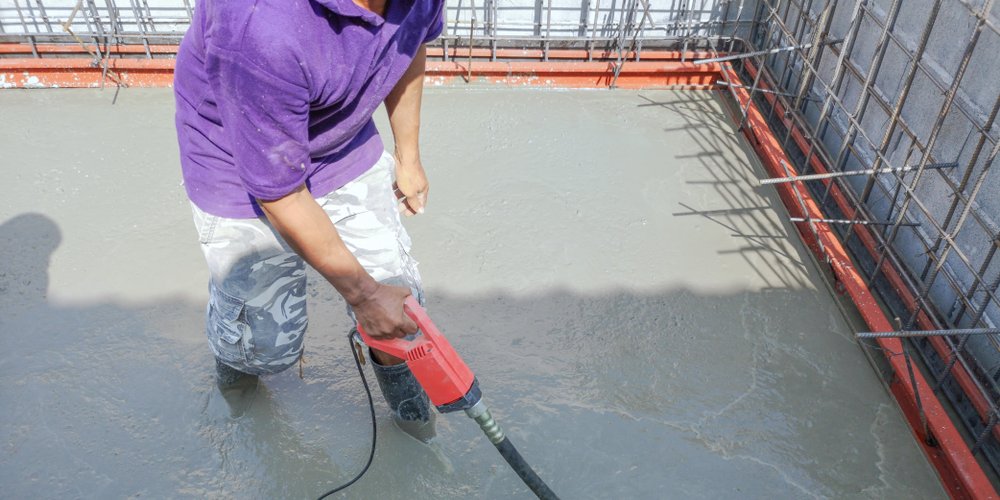
Everything from algae to mold can make a home in concrete. And algae couldn’t ask for a better environment than warm water. Combine warm water and concrete and you’ve got a recipe for algae growth. Because of this, you’ll need to both brush the pool surface and use a higher level of chemical control than with the other options. This makes them more demanding maintenance wise. This needs to be taken into consideration when thinking about how much time you want to have to put into keeping your pool in top shape.
Another negative aspect is the upfront cost of the project. Concrete pools are usually (depending on size, shape etc) more expensive than the other options. Not only that, but due to the labor required to build the pool, it greatly increases the installation time. It is not uncommon for a project to take many months to complete, as each pool is effectively a ‘custom pool’.

Vinyl

One of the most significant benefits of a vinyl pool is the low initial cost.
A vinyl pool will typically be the most affordable option when installing a new pool. And this even extends to less common situations. For example, you’ve seen that concrete is generally the best option for pools that use less common designs. But vinyl can also be used in many of those situations. And when vinyl is applicable in a unique design, it’s still generally less expensive than either concrete or fiberglass.
In addition to the low initial cost, vinyl is also fairly non-porous. It’s important to note that this doesn’t mean algae growth is removed from the equation. A vinyl pool will typically have areas where the material gives way to accessories like plastic steps or ladders. These and other spots with low water circulation can still harbor algae growth.
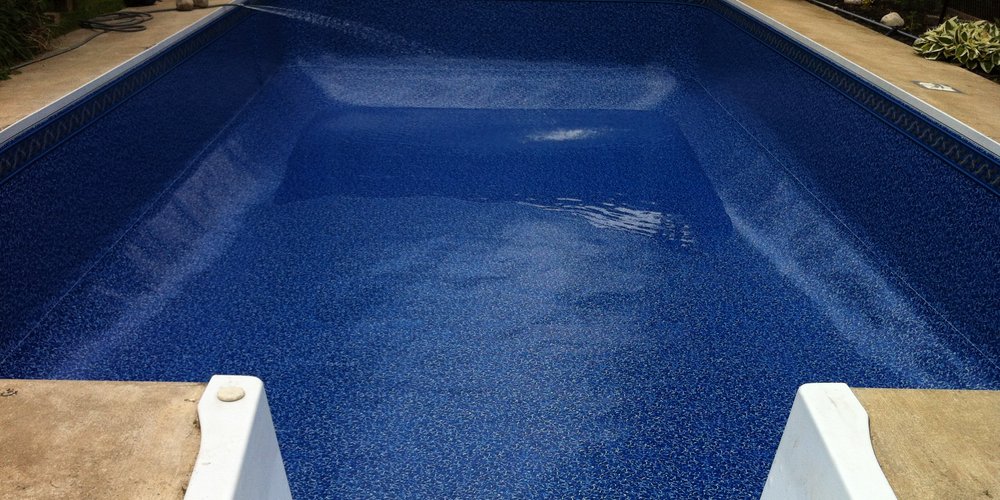
Ironically, the biggest disadvantage of the low initial cost is its high long-term cost. A vinyl liner only lasts between 5 to 9 years. And you’ll typically pay about $4,000 or more to replace it. That means the money saved by using vinyl will typically be sunk by maintenance costs within a decade.
Fiberglass
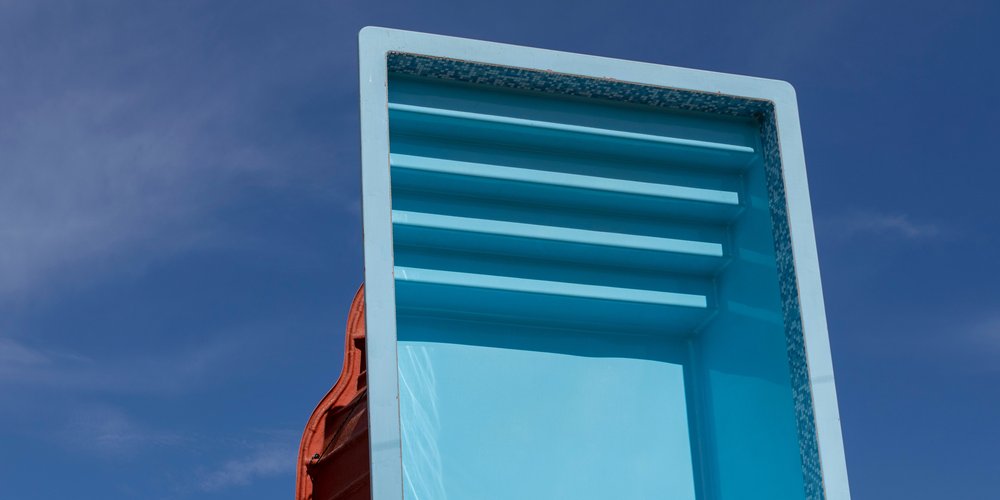
Concrete is a classic design for home pools. But the advantages of fiberglass have made it a rising star. One of the most significant advantages is how much easier maintenance is. Fiberglass is fully non-porous and resistant to algae. This means that you need to put much less work into maintaining it than concrete. And you can even use fewer chemicals to keep the pool’s water safe. And while concrete raises the water’s pH level, fiberglass doesn’t have any effect on the water’s makeup.
How you handle your options for pool water typically won’t have any impact on fiberglass. For example, saltwater chlorinators aren’t a very good match for concrete because of the long-term impact on your pool’s structure. But salt chlorinators won’t pose any risk to a fiberglass pool. All of these points also mean that fiberglass pools typically need far less maintenance than concrete or vinyl pools.
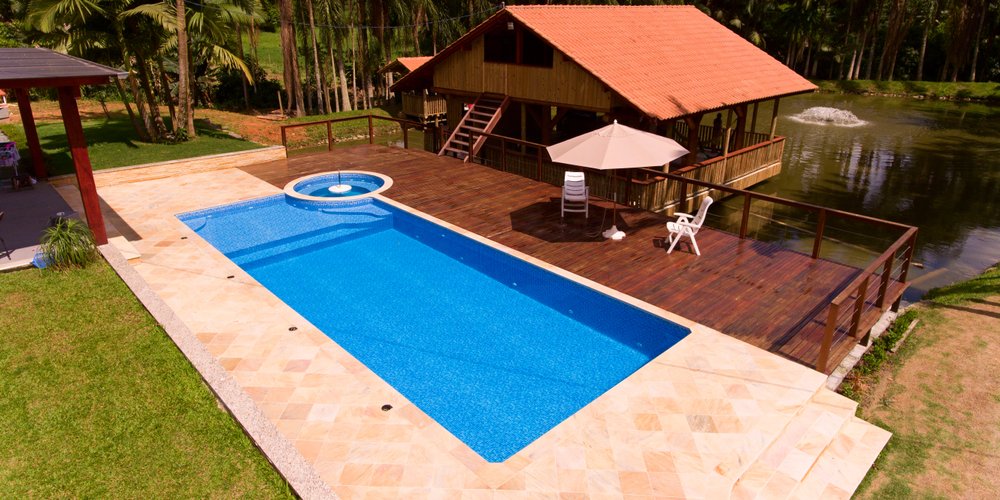
The fiberglass vs concrete pools debate ultimately comes down to personal preference. But all of these factors have contributed to fiberglass pools rapidly gaining popularity. However, that doesn’t mean fiberglass is a one size fits all solution for pools. The biggest issue with fiberglass pools is their price. Depending on the shell you purchase, of course, fiberglass can be the most expensive option during the initial installation.
Fiberglass is also the least favorable option for custom or unique designs. The shape and size of a fiberglass pool is essentially set on manufacture, although it should be noted that there is a wide variety on offer. The available options will be a good fit for almost everyone. But fiberglass might not be a good option if you have your heart set on a custom size or shape or have circumstances where you need the features (stairs, shallow end etc) in specific locations to suit your backyard.
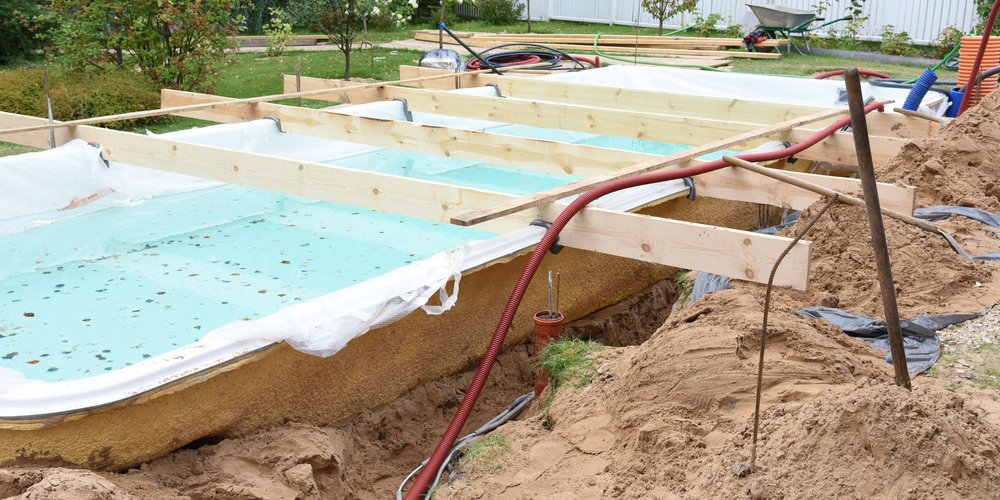
Which Inground Pool Is Cheapest?
Price is one of the most common deal breakers for any big purchase. But that fact is why it’s often important to put together some questions to ask a pool builder before starting out. The costs involved with a new pool can be somewhat misleading at first glance. And you might be surprised by the numbers a pool builder can lay out for you.
The most significant point is the difference between short and long-term costs. The cost involved with the three types of inground pool seems fairly straightforward at first. Vinyl typically has the lowest initial cost and fiberglass the highest. But a pool is something that’s going to be a part of your life for as long as you own your home. And that also means there are going to be associated maintenance costs which will build up over the years. It’s these costs that often flip the relative cost of each type of pool.
Vinyl has the lowest initial cost, but as you previously saw, it also has significant requirements for its upkeep. This makes it the most expensive when you look at the cost over multiple decades. The upkeep for concrete is less significant. But you’ll still need to have it acid-washed on a regular basis and spend more money and time on water treatments.
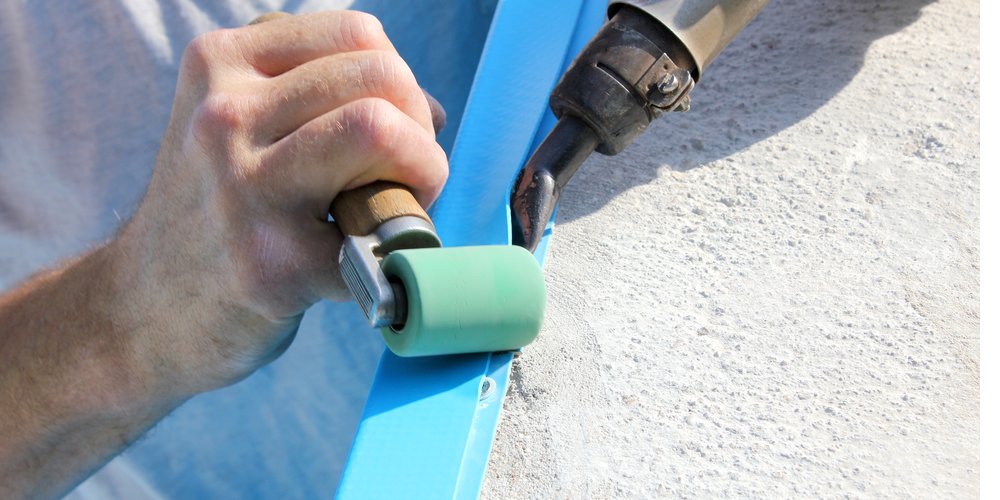
Fiberglass has the highest initial cost. But it’s resistant to physical wear and tear, growth of algae, and saltwater.
The decreased maintenance costs make fiberglass the most cost-effective option when looked at in the long term.
Additional Considerations
It’s also important to keep in mind that construction materials will influence other pool options. For example, the saltwater vs chlorine pool debate is fairly common among pool owners. But the pros and cons of each are influenced by the type of pool you own.
If you live in a snowy area, you’ve probably seen the toll salting takes on sidewalks. And the concrete in a pool can take just as much of a hit from salt as the concrete on a sidewalk. Likewise, you may have also seen what happens to metal structures in the ocean. When ships sink the salty water will start to eat away at them. And the metal used with a vinyl pool can suffer in a similar fashion.
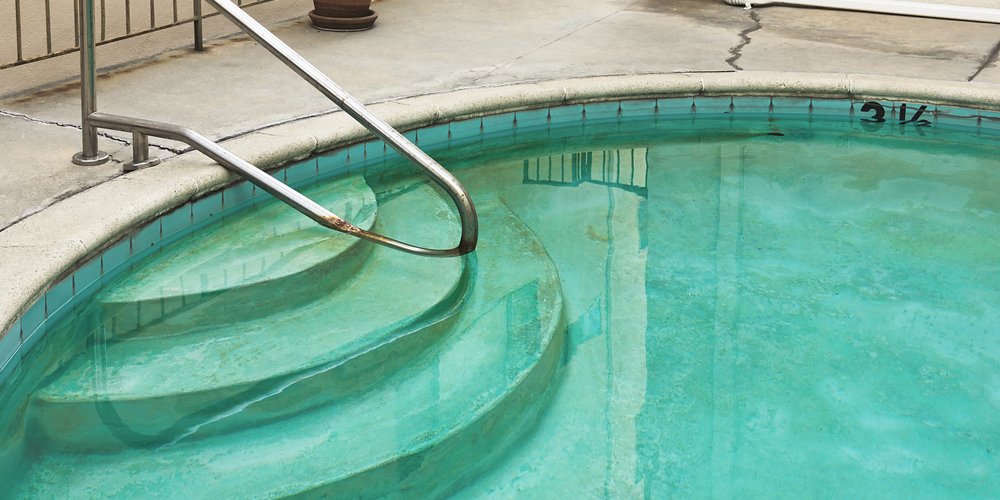
The maintenance costs of pool types also need to be looked at as a long-term concern. You’re not just paying a single fee. The cost is something that’ll be tied to the pool for the entirety of its existence. This can even impact the value of your home if you ever decide to sell it. When you’re looking into options for financing a pool you’ll also want to consider the recurring and long-term costs.
Bringing It All Together To Find Your Perfect Pool
Asking what type of inground pool is best might seem like an easy question at first. But at this point, you’ve seen just how much of the question relies on exactly what you’re looking for in your dream pool. There’s no such thing as a universally perfect pool. When you ask this question, it’s important to instead weigh every point to discover YOUR ‘perfect’ pool.




